Sourdough Home
£ 129
- Degree-by-degree set-points from 5-50°C.
- Fits a single 1 litre jar or 2 small jars.
- Two shelves for flexible storage of small items.
In Stock. Order now with Next Day delivery and receive it Tuesday January 6th.
ACCESSORIES
In Stock. Order now with Next Day delivery and receive it Tuesday January 6th.
In Stock. Order now with Next Day delivery and receive it Tuesday January 6th.
Sourdough Home to control sourdough starter.
Use precise temperatures to control your starter like never before. The Sourdough Home is designed to heat or cool to keep your starter at the perfect temperature. Feed your starter on your schedule: from twice a day to once a week. Change temperature to adjust the flavour profile, aroma, and texture of your bread.
FAQ
The Sourdough Home can both heat and cool. The Folding Proofer cannot cool- meaning it cannot bring its contents below room temperature. For example, even though the temperature range of the proofer is 21 – 49°C if the room temperature is 25°C, the Proofer will not be able to bring its contents below 25°C. The proofer is larger than the Sourdough Home and can accommodate a large mixing bowl, bread pans, or other containers used when proofing bread dough. The Sourdough Home is smaller and designed specifically with sourdough starter in mind and can accommodate up to a 1 litre jar.
The health and growth rate of a sourdough starter are heavily influenced by feeding schedule (frequency) and temperature. To maintain a healthy starter ready for baking, many bakers store their starter at room temperature and refresh on a daily basis. Room temperature can fluctuate throughout the year and fermentation activity can become unpredictable and difficult to manage. Bakers often need to adjust feeding ratios and frequency to accommodate for these temperature swings. With the Sourdough Home, you can keep your starter at a consistent temperature year-round. No need to adjust ratios or feeding schedule.
Weekend bakers may not want to feed their starter everyday- it is unnecessary and wastes a lot of flour. Often, bakers store their starter in the refrigerator as an alternative to feeding daily. However, refrigerator temperatures hover around 3°C which is too cold for the yeast and bacteria in starter. When it is time to bake, one must give the refrigerated starter a few refreshments to get it up to full strength ready for baking. Using the Sourdough Home to store your starter is the perfect solution. By keeping your starter cool, but not cold you can slow down fermentation, while not bringing it to a complete halt. Your starter will be healthy and ready to use without additional feedings.
With the SD Home, you can create a starter feeding schedule that works for you. Feed your starter once a day, every three days, or even once a week. Precise control over a wide range of temperatures allows you to manage the fermentation rate of your starter like never before and provides the ability to control when your starter peaks. Time to peak at various temperatures will depend on seed ratio, hydration level, and type of flour used. Experiment with your own starter to get desired results.
Use our guideline below to get started.
| Temperature | Time to peak | Seed Ratio |
| 7 °C | 5 days / 120 hours | 1:4:4 |
| 10 °C | 3 days / 72 hours | 1:4:4 |
| 12 °C | 2 days / 48 hours | 1:4:4 |
| 20 °C | 1 day / 24 hours | 1:4:4 |
*Above guidelines are based off of a 100% hydration starter fed with all-purpose flour.
Great bread begins with a great starter. When it comes to sourdough starter, temperature is everything. The complex mix of microbes that cause bread to rise – and give your bread that distinctive taste and aroma – are extremely sensitive to temperature.
Precise temperature control. The Sourdough Home provides an easy way to control the temperature of your starter. With degree-by-degree temperature control from 5 – 50°C you can maintain a consistent temperature or vary the temperature to control the growth rate, aroma, and taste of your bread.
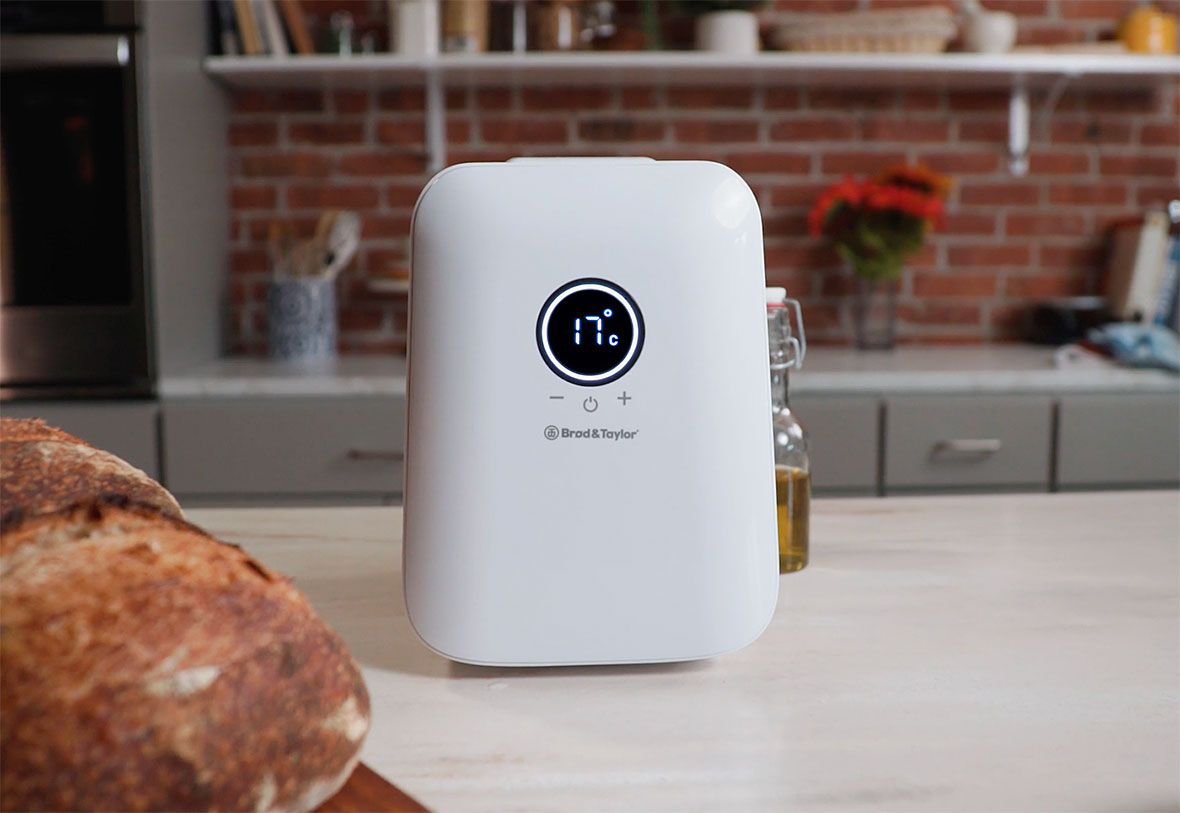
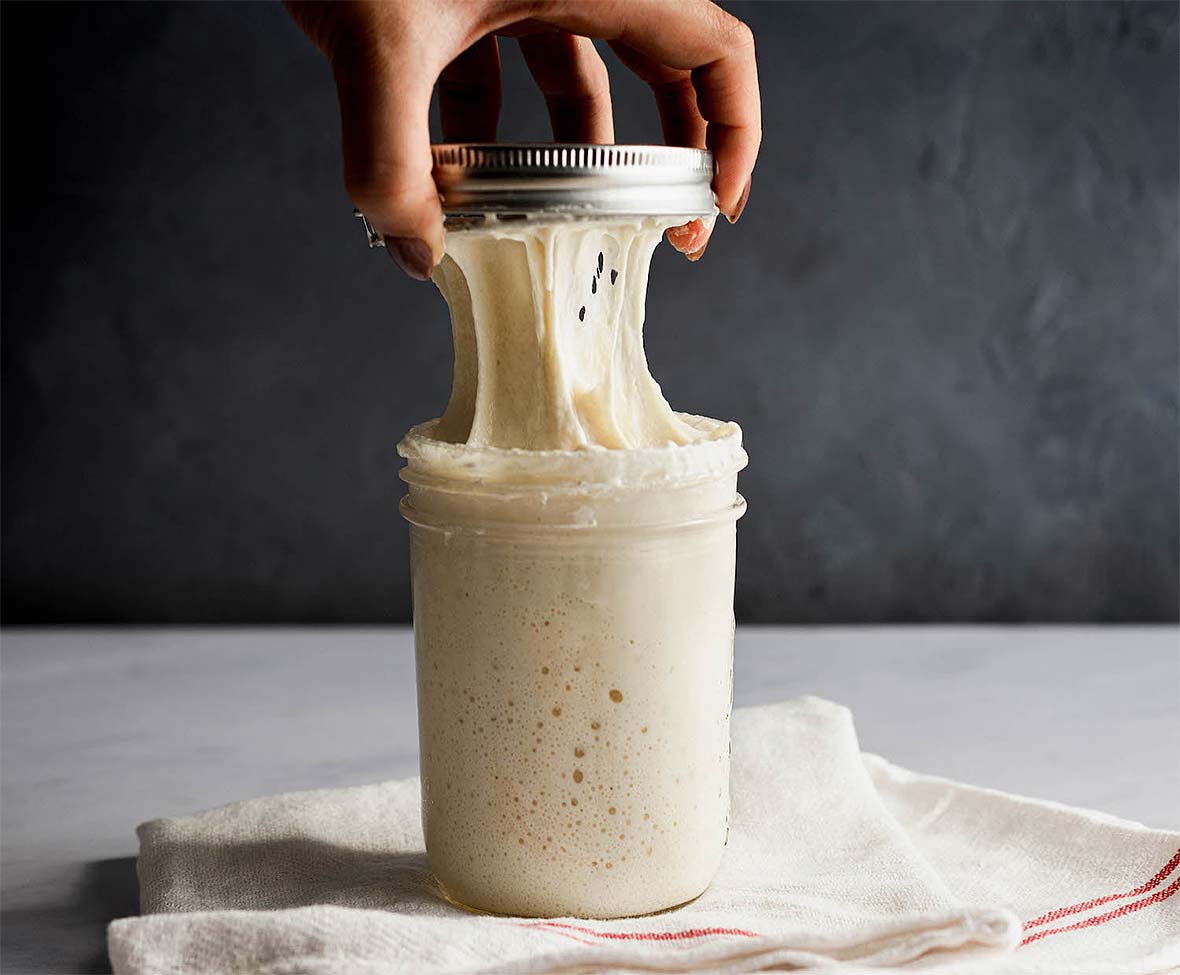
Your starter. Your schedule. Adjust your feeding schedule from hours to days, even once a week, and vary the temperature to control the aroma and flavour profile of your bread.
Heats when it’s too cool.
Cools when it’s too hot.
Low Power Usage.
Sourdough starter maintenance.
Sourdough starter is a living colony of yeast and good bacteria. Like any living thing it needs to eat – just flour and water. Feeding your starter the proper ingredients at the right time is the first step in creating great sourdough bread. Using the precise temperature control of the Sourdough Home, you can adjust starter feeding times to meet your schedule.
As starter ferments and grows, it creates CO2 bubbles that cause the mixture to rise in its container. The ideal time to feed starter is when the rise has peaked – all of its food has been consumed – and before it begins to fall again. By using a constant seed ratio (quantity of flour and water) and controlling the temperature, you can control the feeding schedule to hours, days or even a week. Use the guidelines below to get started.
| Temperature | Time to Feed | Seed ratio |
| 7 °C | 5 Days / 120 Hours | 1:4:4 |
| 10 °C | 3 days / 72 hours | 1:4:4 |
| 12 °C | 2 days / 48 hours | 1:4:4 |
| 20 °C | 1 day / 24 hours | 1:4:4 |
Seed Ratio: This is the ratio of active culture to fresh flour and water. The more active culture used, the faster your starter will grow and peak. For daily maintenance a 1:4:4 ratio will keep your starter thriving without growing too fast.
Note: Your starter may vary slightly from these results depending on the flour used and the specifics of your culture.
Specifications
- Temperature Range: 5-50 °C.
- Outside Dimensions: 28 x 23 x 25 cm
- Inside Dimensions: 19 x 13 x 14 cm
- Weight: 1,86 kg
- Voltage: 100-240V
- Plug: UK Plug
- Efficiency: To maintain a stable temperature, the Sourdough Home constantly adjusts the heating or cooling power. Temperature settings close to the ambient room temperature will require a very small amount of power, while temperature settings significantly above or below room temperature will require more power.
- Maximum Power Usage: Maximum power in cooling mode: 38W – maximum power in heating mode: 30W.
| Weight | 2,7 kg |
|---|
1 review for Sourdough Home
Add a review Cancel reply
You must be logged in to post a review.
Related products
Dishwasher safe, ultra-sturdy construction that is built to last. Extra-thick stainless steel powers through the stiffest doughs, batters, and more.The right mixing tool is essential when making bread or working with any ingredients that need to be combined quickly and effectively. Most dough whisks are made with an unstable handle attachment to the whisk wire, and these just don’t hold up over time.Our whisk is a one-piece multi-purpose kitchen tool especially good at combining wet/dry ingredients with little effort or mess. Featuring an innovative non-slip molded silicone handle, the total length is 34,3 cm.
- Scratch-resistant tempered glass with extra bright, high-contrast LCD display.
- High capacity precision scale; weighs up to 15 kg
- 1 gram accuracy
- Easy to clean
- Batteries included

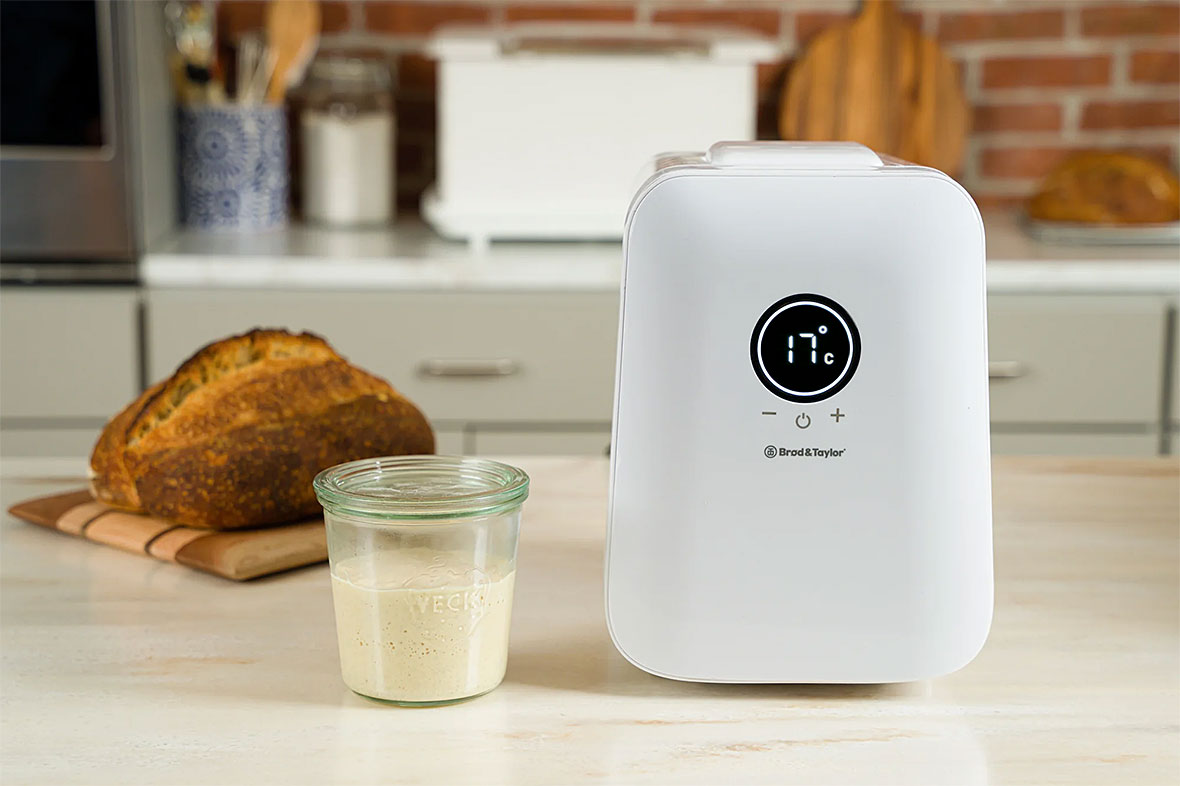
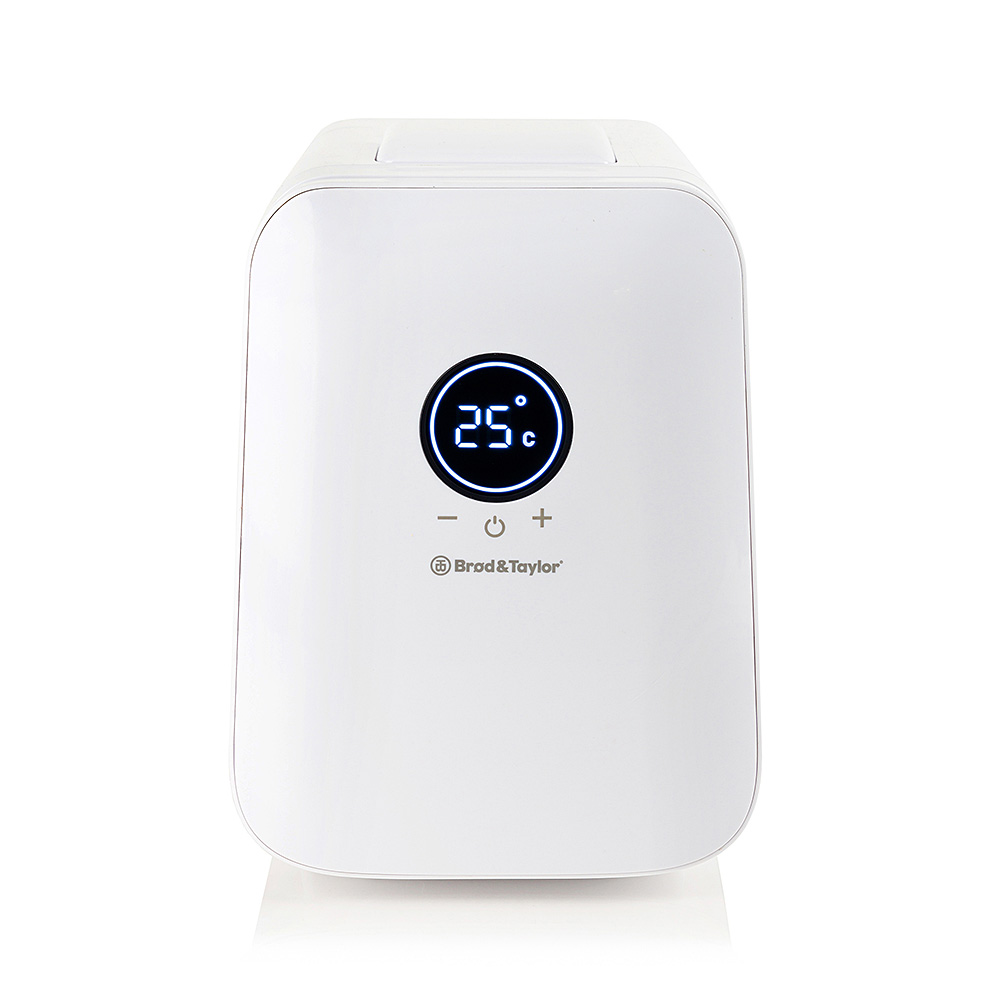
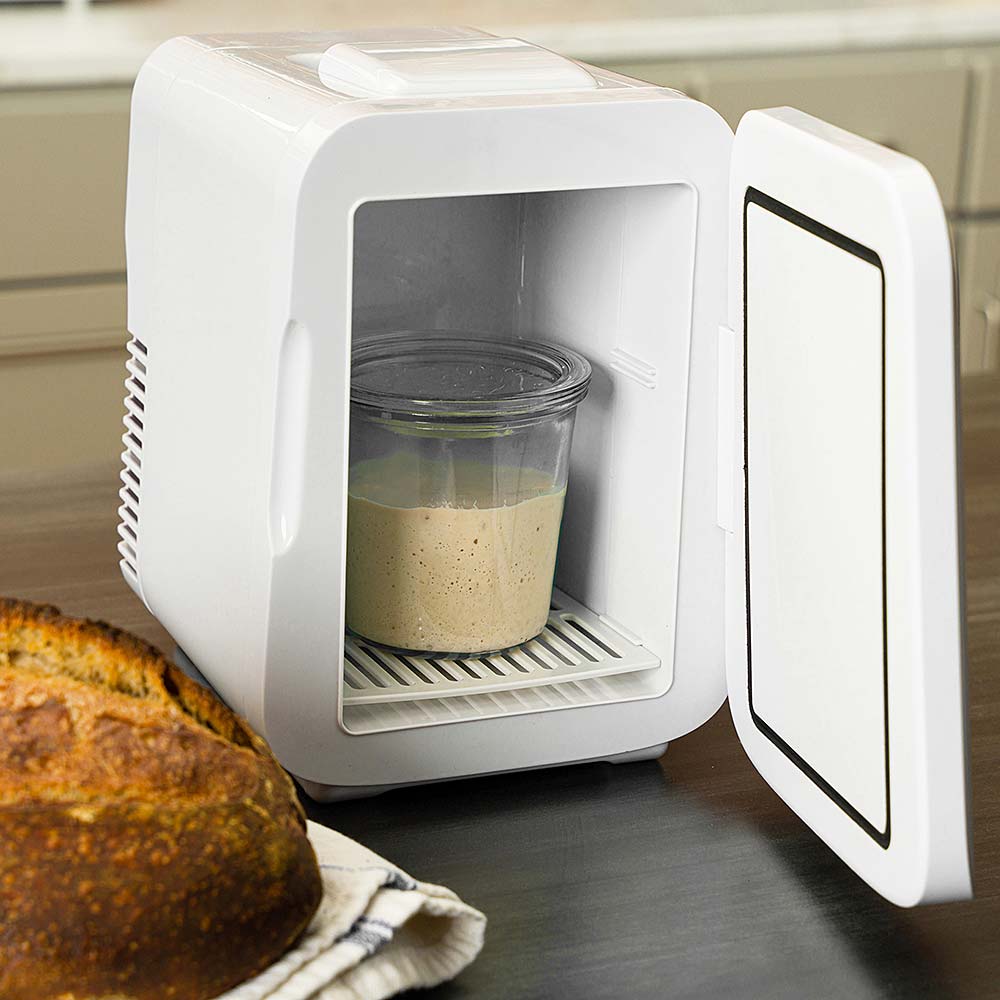
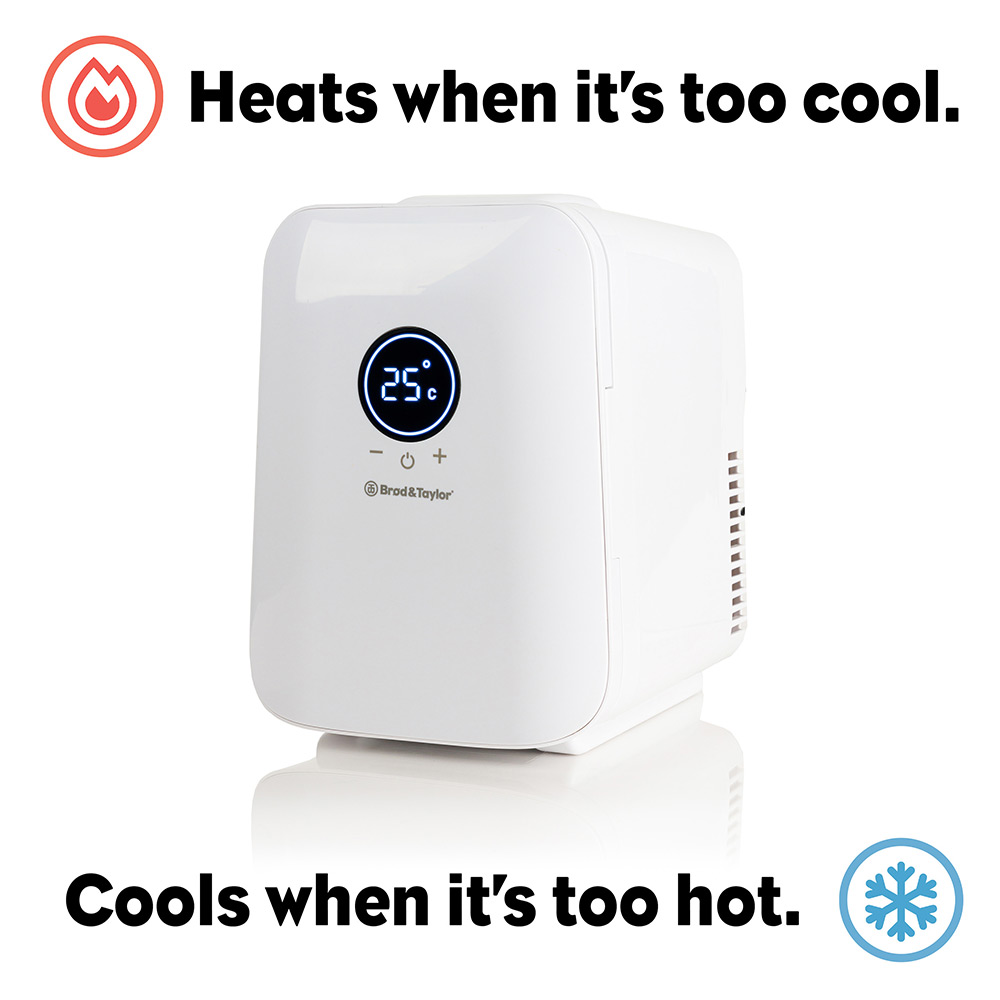
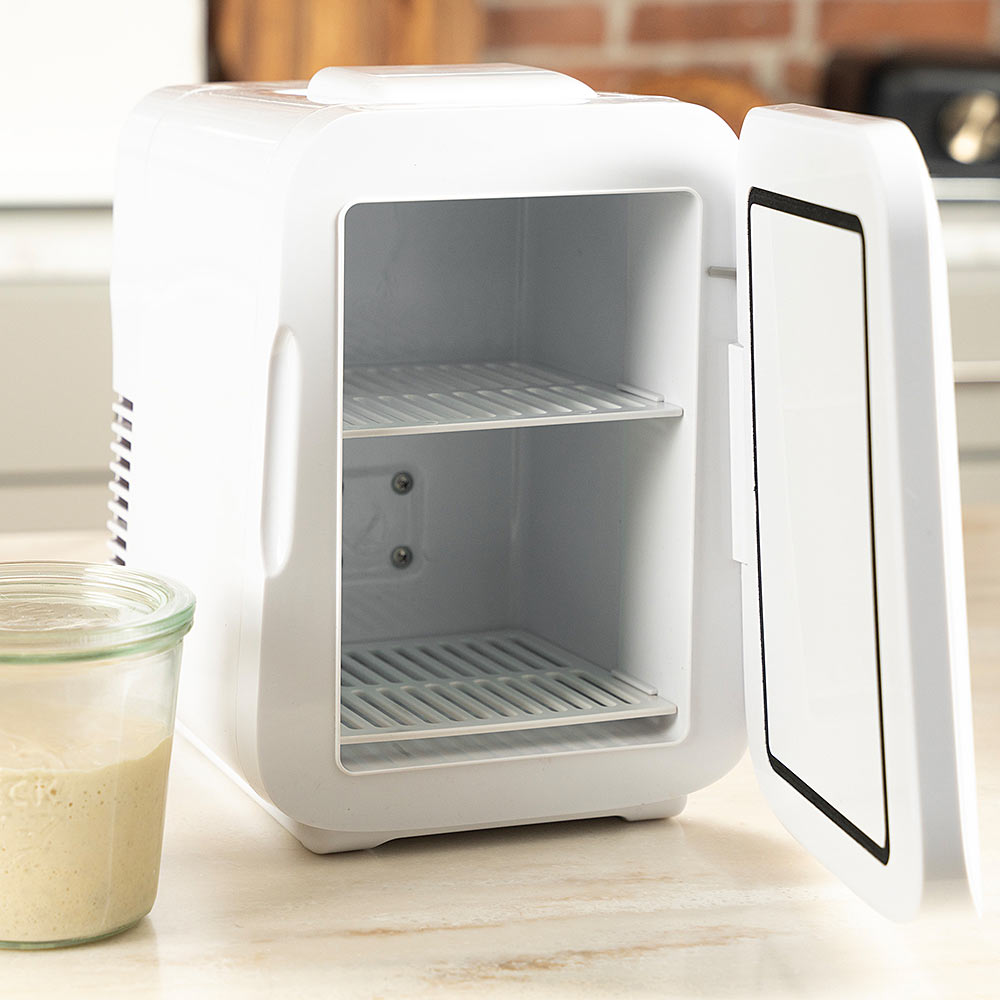
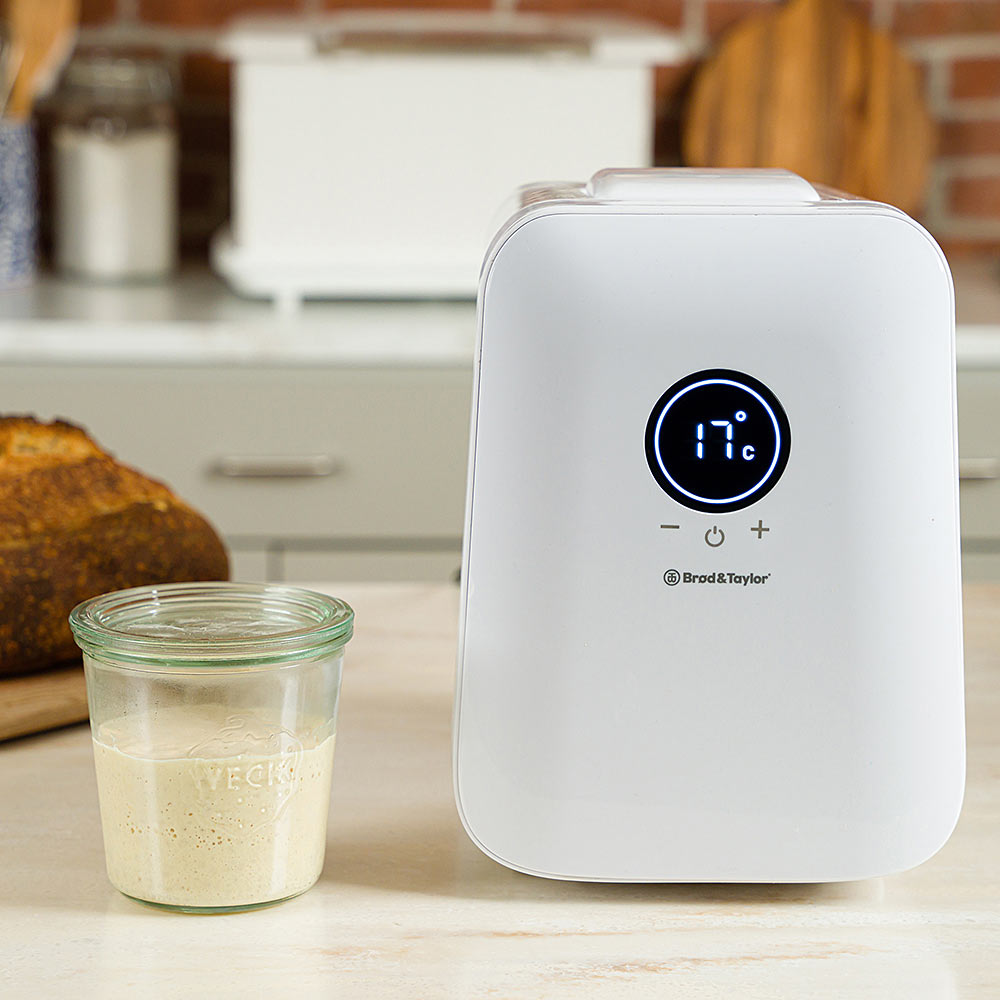

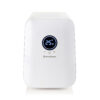
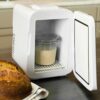
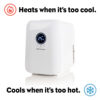
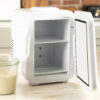
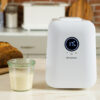
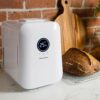
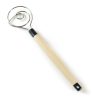
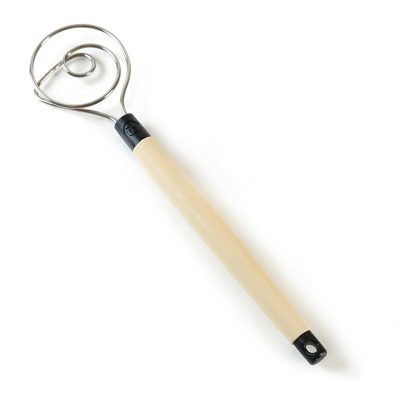
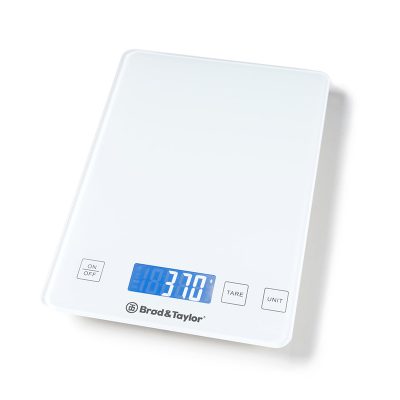
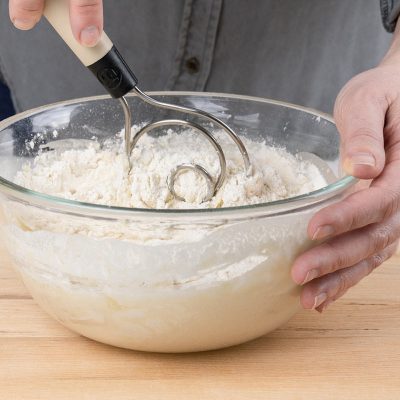
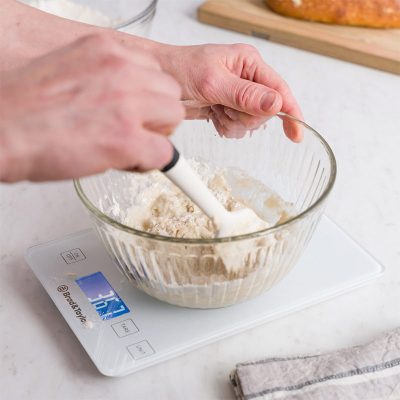
 Select Country
Select Country












Jane –
I had heard many good things about this and bit the bullet and bought one. It is amazing. I no longer have to guess the temperature and environment that is best for my starter. I highly recommend!!